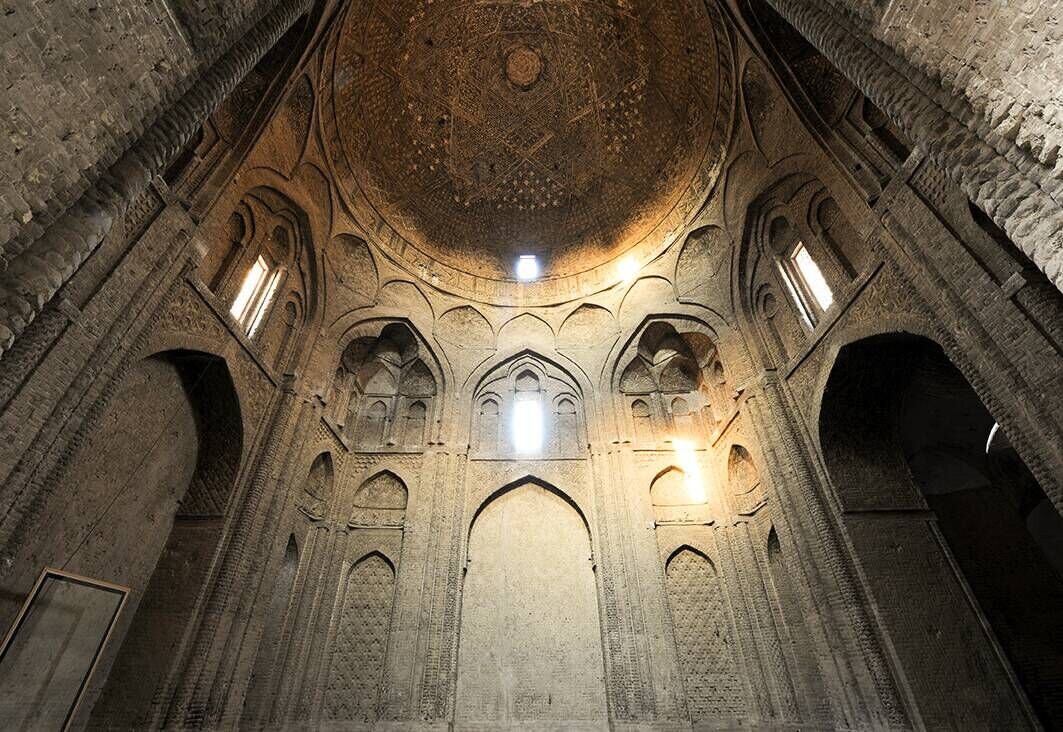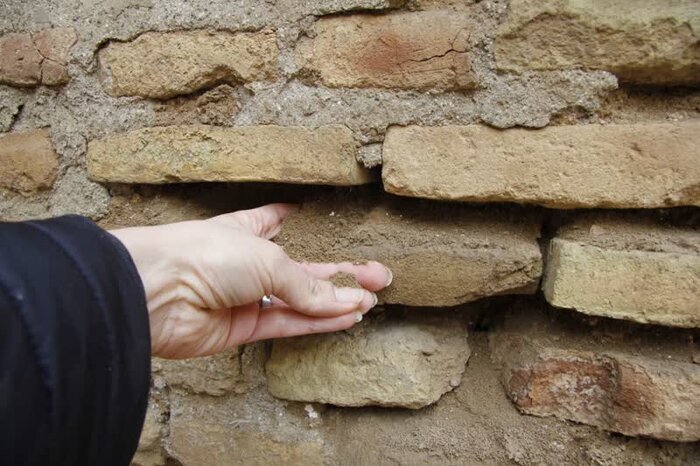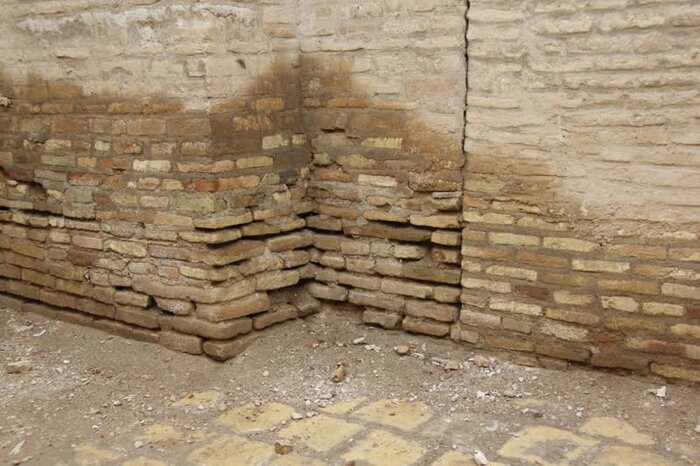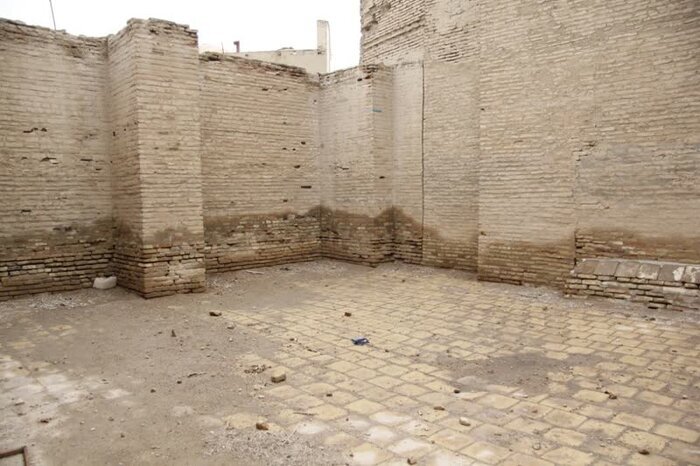Cultural heritage alert: Taj al Molk dome at Isfahan’s Jameh Mosque in critical condition

TEHRAN - A researcher specializing in the restoration of historical monuments has cautioned that the Taj al Molk dome chamber within the Jameh Mosque of Isfahan, also known as Atiq Mosque, is on the verge of destruction due to excessive moisture.
The risky condition of the dome chamber and its supporting load-loading walls is believed to be worsened by the excavation of a metro tunnel located about 100 meters away from the UNESCO-listed mosque.
The Taj al Molk dome, situated on the northern side of the mosque, is an architectural marvel. The intricate brickwork and geometric designs adorning the dome have contributed significantly to its cultural significance and prestige.
Speaking to IRNA, Maedeh Kalantari, the researcher, highlighted that the Taj al Molk dome, a thousand-year-old architectural wonder, is approximately 45 meters away from the path of Line 2 of the metro, facing a critical issue of upward moisture seepage.

The rising moisture, caused by water penetration into the foundation walls, follows the capillary action, moving upwards against gravity.
Kalantari emphasized that if this critical issue is left unaddressed, without proper restoration, pavement repairs, and provision for drainage to mitigate underground moisture, the pace of its deterioration will escalate significantly.
Furthermore, Kalantari warned that unless the decayed bricks and mortar are replaced, the commencement of Line 2 of the metro will further accelerate the destruction of the Taj al Molk dome.

She pointed out that the streets surrounding the dome have been repaved by the municipality in the last decade. However, due to inadequate drainage, moisture remains trapped beneath the asphalt, causing it to rise and affect the adjacent historical structure.
The Jameh Mosque of Isfahan has a history spanning over a thousand years and is believed to have been constructed upon the foundations of an ancient fire temple.The researcher elaborated on the harmful effects of moisture on the mortar between the bricks, causing it to lose its adhesive properties and structural integrity over time. “This issue compromises the load-bearing capacity of the structure, leading to disintegration and instability.”
Kalantari highlighted that the ongoing amount of moisture could lead to widening cracks over time, leading to the eventual collapse of the structure's walls and dome.
She also cited a recent incident where a nearby old house collapsed due to moisture-induced decay, underscoring the urgency of addressing the issue.
Previously, the CEO of Isfahan Metro had informed IRNA that technical considerations regarding the passage of the metro alongside this historical monument were being meticulously examined by the University of Science and Technology. Seyyed Mohsen Vaezifar stated that the university would assess the level of vibrations induced by the metro's proximity to the historical site and devise solutions to mitigate potential problems in accordance with international standards.
He added several options were considered for the metro crossing that line, but the one that was deemed more favorable in terms of cultural heritage and minimizing the likelihood of damage to historical artifacts was the option of passing the metro beneath Imam Ali Square.

The Jameh Mosque of Isfahan has a history spanning over a thousand years and is believed to have been constructed upon the foundations of an ancient fire temple.
UNESCO has it that the mosque can be seen as a stunning illustration of the evolution of mosque architecture over twelve centuries. The complex, covering more than 20,000 square meters, is also the first Islamic building that adapted the four-courtyard layout of Sassanid palaces to Islamic religious architecture.
Throughout history, the mosque complex has evolved into its current condition as extensions have been added. Therefore, this building cannot be attributed to any particular historical era.
Soaked in a rich history and culture, Isfahan was once a crossroads of international trade and diplomacy in Iran. Now, it is one of Iran’s top tourist destinations for good reasons. The ancient city is filled with many architectural wonders, such as unmatched Islamic buildings, bazaars, museums, Persian gardens, and tree-lined boulevards.
AM
Leave a Comment